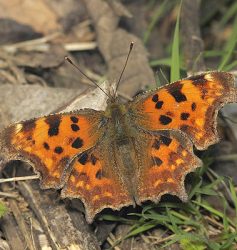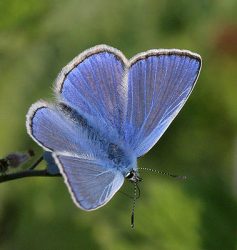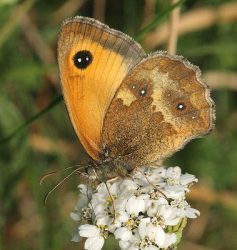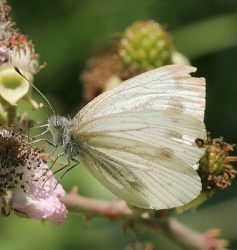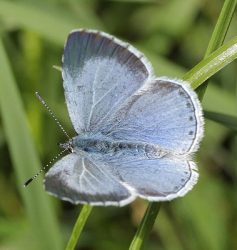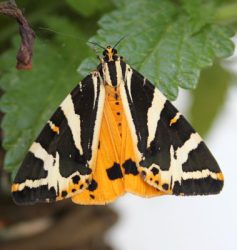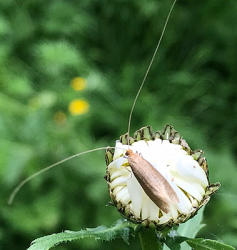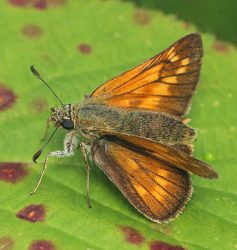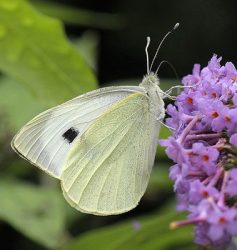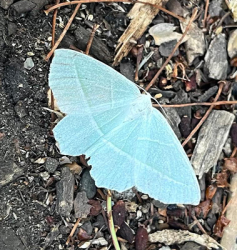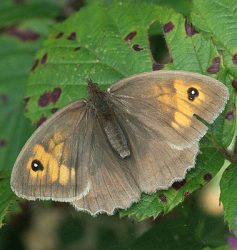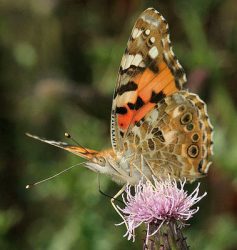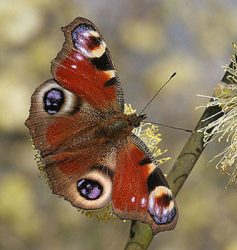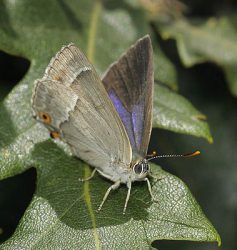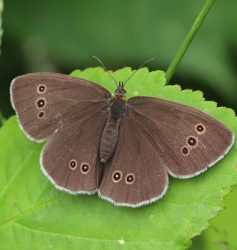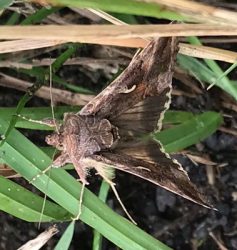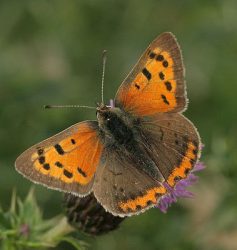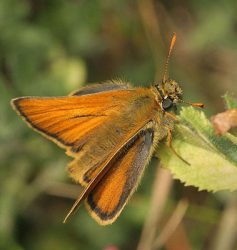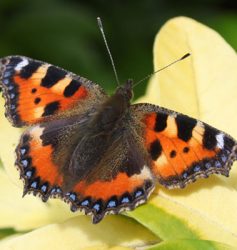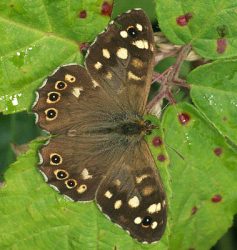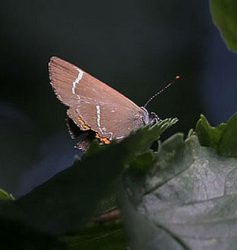Below we have listed the more common butterfly species that have been seen on the Walk along with moths who are also members of the Lepidotera family.
How to distinguish a moth from a butterfly? It’s not straight forward. In some respects the difference is a cultural concept of our own making. On the whole butterflies are active during the day and moths at night, hence we probably notice butterflies more. It’s interesting to note that there are about 60 different butterfly species but over 2,500 moth species have been recorded.
On the whole butterflies are more colourful, but the Jersey Tiger Moth, which we are beginning to see much more regularly, is a great example of a brightly coloured daytime moth . Butterflies usually have club shaped tips to their antennae whereas moths have tapering ones. Finally, butterflies usually fold their wings vertically when they land and moths spread them out. But all these are only rules of thumb.
If you would like to know more about the differences, or lack of, visit Butterfly Conservation.
The photographs, unless attributed otherwise, are reproduced with the permission of Tristan Bantock.


